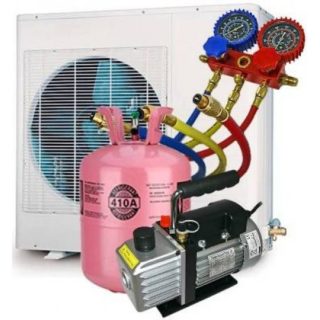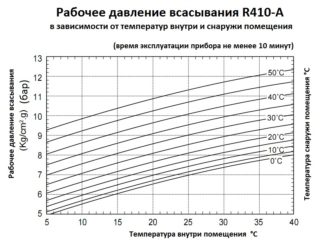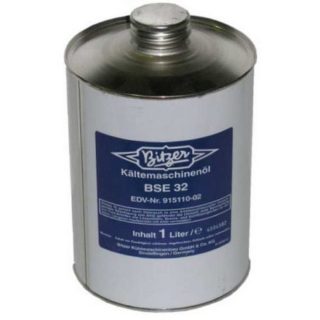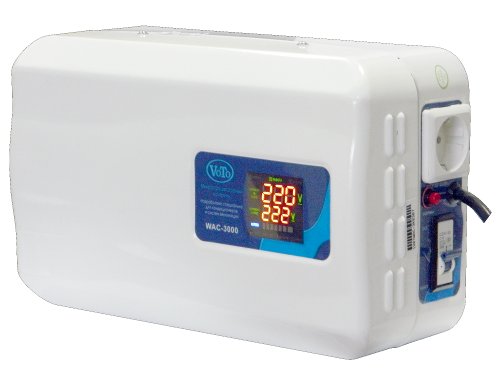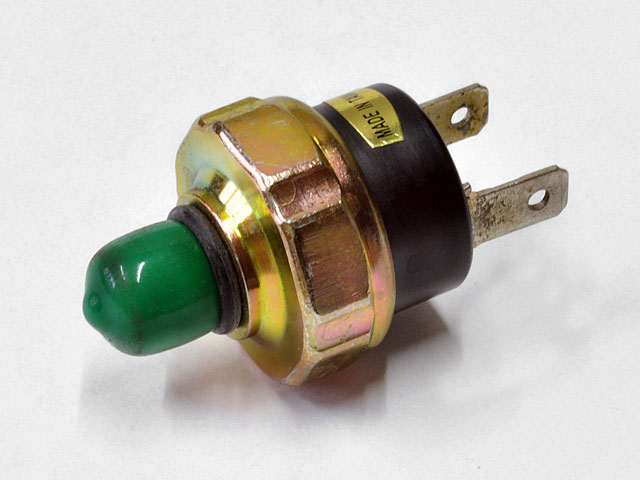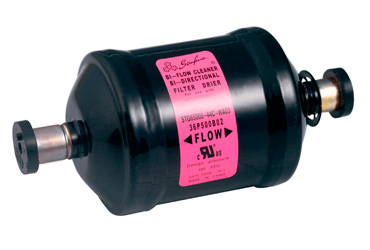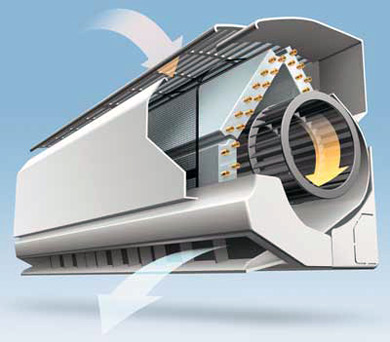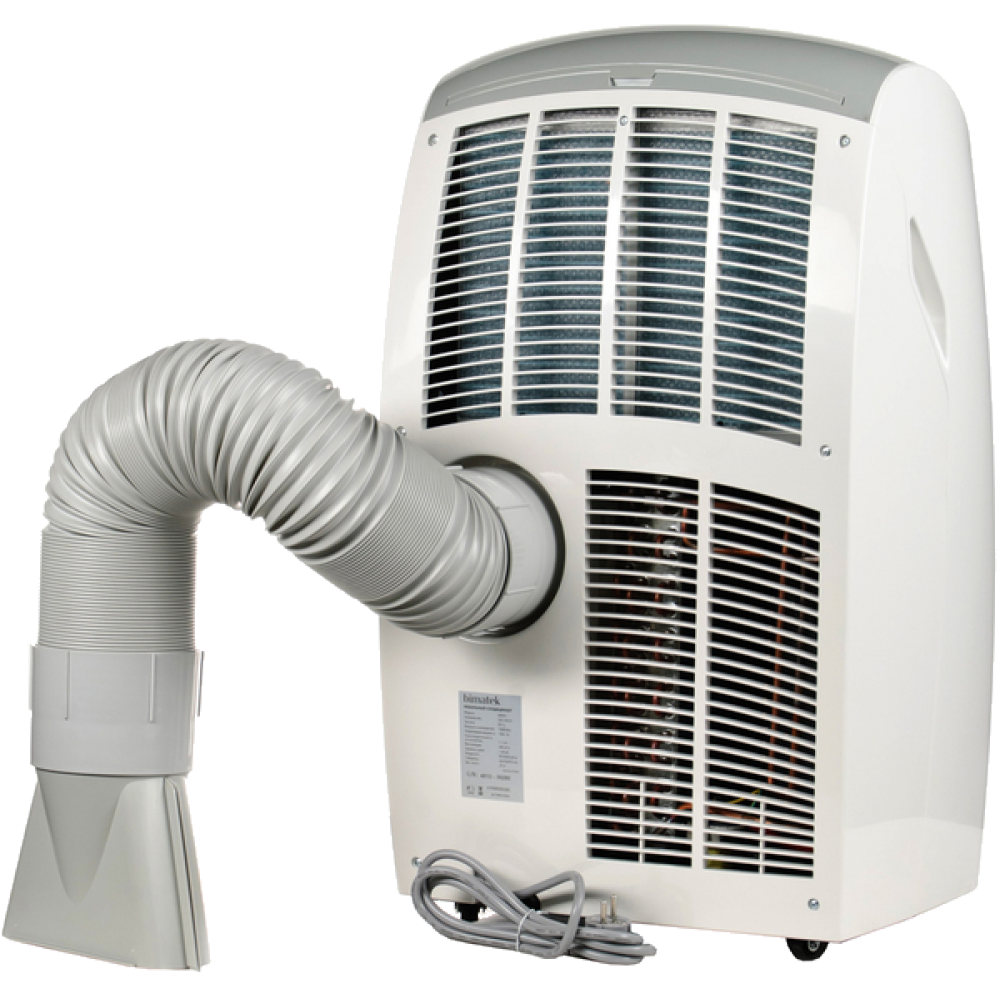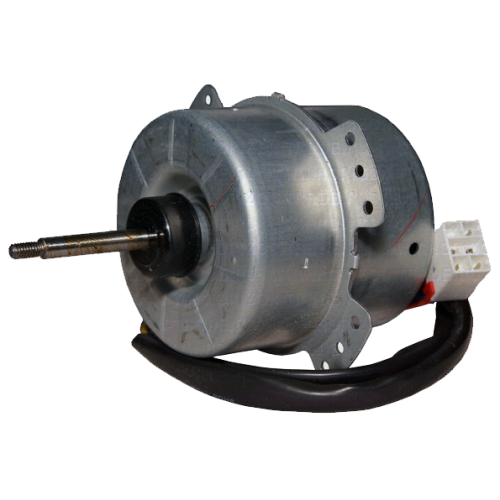Freon is a mixture of gases, thanks to which the air conditioner cools the room. The refrigerant circulates in the system, evaporates in the heat exchanger and lowers the air temperature. Freon r 410a is the working gas of most modern air conditioners. It replaced R22 freon, which negatively affects the ozone layer.
What is freon R410a
The composition of freon r410a: R32 + R125. Chemical formulas of the compounds: difluoromethane CF2H2 (difluoromethane) and CF2HCF3 (pentafluoroethane). The ratio of the components is 50% to 50%.
The composition is stable, inert to metals. Has no color, has a slight smell of ether. Under the influence of open fire, it decomposes into toxic components.
Pressure and boiling table
The table of the working pressure of freon 410 in the air conditioner is presented in the form of a nomogram. It is compiled according to several indicators:
- indoor temperature;
- ambient temperature;
- suction working pressure.
The real head of freon changes several times a day. Its value depends on temperature fluctuations and the selected mode. Under normal conditions, the gas used boils at negative thermometer readings. The pressure generated by the compressor allows the boiling point to be changed.
The boiling table of freon r410a, depending on pressure, is used when checking for leaks.
| T, C | -5 | 0 | 5 | 10 | 15 | 20 | 25 | 30 | 35 | 40 | 45 |
| P, bar | 5,85 | 7 | 8,37 | 9,76 | 11,56 | 13,35 | 15 | 16,65 | 19,8 | 22,9 | 26,2 |
Advantages and disadvantages of R 410a freon
- The high level of specific cooling capacity does not require the installation of a powerful compressor.
- In the event of a leak, the amount of gas is easily replenished without loss of refrigerant quality.
- There are ample opportunities in terms of reducing the energy consumption of equipment.
- Cold performance is 50% higher than systems with R22 and 407c.
- Good thermal conductivity and low viscosity have a positive effect on the efficiency of the system. Heat is transferred faster and with less movement.
Cons of freon:
- High operating pressure in the system, which negatively affects the compressor, leads to rapid bearing wear.
- The pressure difference between the suction and discharge side of the refrigerant reduces the efficiency of the compressor.
- The requirements for the tightness of the circuit are increasing. The wall thickness of the copper pipes of the main must be greater than for R22. The minimum value is 0.8 mm. A significant amount of copper increases the cost of the system.
- The refrigerant is not compatible with HVAC equipment parts made of elastomers sensitive to diphtomethane and pentafluoroethane.
- The polyolester oil used in the conditioner is more expensive than the mineral oil.
Specifications
In terms of physical properties, the mixture of two hydrofluorocarbons is close to azeotropic. During phase transitions, its temperature glide is minimal, almost equal to 0. This means that both components simultaneously evaporate and condense. Freon R 410a has a high cooling capacity. Improved performance allows for downsizing of HVAC equipment and refrigeration units. The refrigerant is non-toxic and fireproof, does not ignite in air.
At the condensation temperature of freon r410a, which is 43 ° C, its pressure reaches 26 atm. For comparison, the same indicator of R22 is 15.8 atm.
Physical characteristics of freon r410a
Characteristics | Units | Value |
| Molecular mass | 72,6 | |
| Boiling temperature | ° C | -52 |
| Density of saturated vapor at boiling | Kg / m3 | 4 |
| Critical temperature | ° C | 72 |
| Critical pressure | MPa | 4,93 |
| Temperature drift | ° C | 0,15 |
| Heat of vaporization | KJ / kg | 264.3 |
| Specific heat capacity of steam | BTU / lb * ° F | 0,17 |
| Ozone depletion rate | 0 | |
| Global Warming Potential (GWP) | 1890 | |
| ASHRAE Security Team | A1 / A1 |
The absence of chlorine in both halon components does not harm the ozone layer.
High global warming potential refers to the disadvantages of the compound. The ejection effect is similar to that of R22. Refueling of the system is carried out only in the liquid phase. Transportation and storage is carried out in pink cylinders withstand a pressure of 48 bar. The containers are filled to 75% by weight.
Application features
- centrifugal compressors;
- flooded evaporators;
- pump refrigeration units.
The new freon has found application in air conditioning systems, household heat pump installations. The mixture with azeotropic properties is suitable for equipment with direct expansion and flooded heat exchangers. Due to its high density, freon is used in domestic and industrial installations:
- transport cooling systems;
- air conditioning installations in offices, public buildings, industrial facilities;
- household refrigerators;
- commercial and food refrigeration equipment.
Synthetic (polyester) oil is used together with Freon 410 a. The disadvantage of the product is its high hygroscopicity. When refueling, contact with wet surfaces is excluded. It is recommended to use products of the brands PLANETELF ACD 32, 46, 68, 100, Biltzer BSE 42, Mobil EAL Arctic. Mineral oils are not compatible with the refrigerant; their use will damage the compressor.
Before filling the system, the working circuit must be evacuated. Moisture and dirt are not allowed to enter the refrigerant. When refueling, special equipment designed for high pressure is used. For safety, open flames should be avoided near cylinders of freon r 410a.

